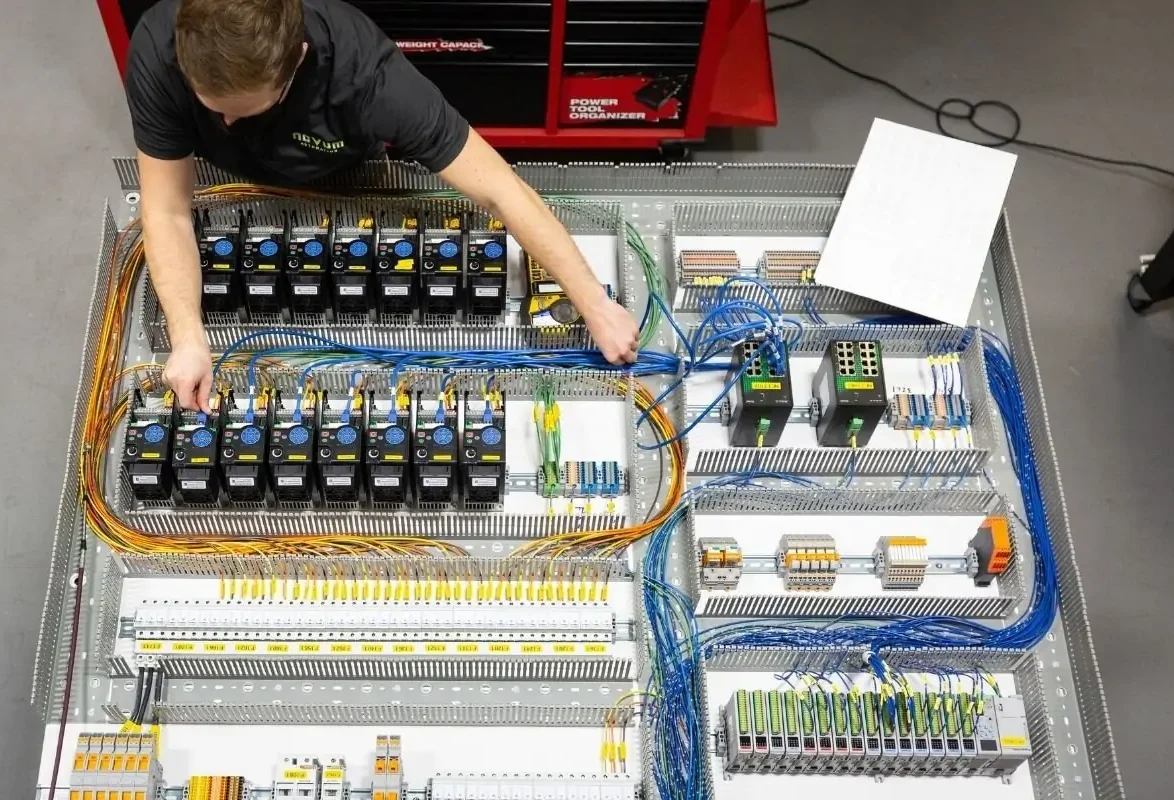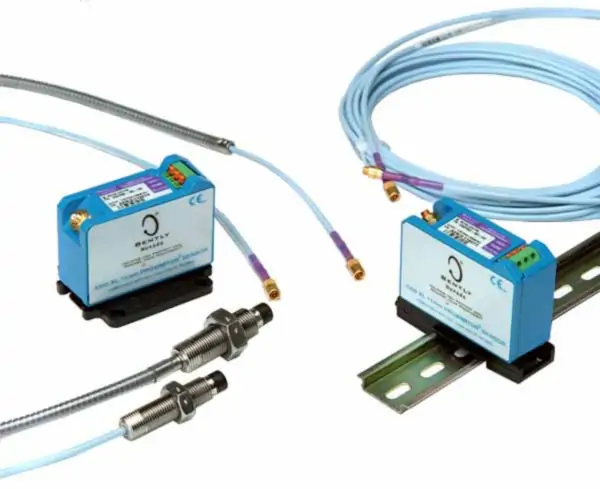Introduction
Integrating Bently Nevada 3300 NSv vibration data with PLC/DCS systems unlocks true predictive maintenance. This guide shares proven methods from industry experience. Learn to turn raw vibration data into actionable insights. Reduce downtime and avoid costly failures. Let’s get started.
Why Vibration Data Integration Matters
Machines talk through vibration patterns. The 3300 NSv detects early failure signs like unbalance or bearing wear. But data alone isn’t enough. Integration with PLC/DCS lets you automate responses. I’ve seen plants cut downtime by 40% using this approach. Real-time alerts trigger before human operators spot issues.

Key Integration Methods That Work
Choose the right connection path for your system:
Modbus TCP/IP: Simple and widely supported. NSv becomes a Modbus server. PLC reads registers like velocity or temperature. Ideal for basic monitoring.
4-20mA Analog Signals: Wire NSv outputs directly to PLC analog cards. Use for critical parameters needing instant response. Limits data richness but failsafe.
OPC UA: My preferred method for advanced analytics. Handles complex data sets securely. Enables cloud connectivity for AI-driven predictions.

Step-by-Step Integration Process
Follow this field-tested workflow:
1. Map Parameters First: Identify key vibration metrics (e.g., overall vibration, temperature). Don’t overload your PLC.
2. Configure NSv Communication: Set IP addresses/protocols in System 1® software. Test connectivity offline.
3. Design PLC Logic: Create alarm thresholds and shutdown sequences. Example: >4mm/s vibration triggers maintenance ticket.
4. Validate with Simulation: Use signal generators to test PLC responses before commissioning.
5. Add HMI Visualization: Display trend graphs and machine health status on control screens.
Beyond Basic Alerts: Predictive Actions
True prediction means acting before failure. Here’s what works:
– Trend-Based Alarms: Track velocity changes over time. Slow rises indicate developing issues.
– Automated Reports: Configure weekly vibration summaries emailed to maintenance teams.
– Cross-System Triggers: Link high vibration to reduced motor speeds via PLC logic. I implemented this at a GE turbine site, preventing $200k+ in repairs.

Common Pitfalls and Pro Tips
Avoid these mistakes:
• Using default alarm thresholds (calibrate to your machinery!)
• Ignoring network security (isolate vibration networks)
• Overlooking data timestamp sync (causes false correlations)
My hard-won advice: Start with 2-3 critical machines. Phase in integration. Always include “diagnostic freeze” data during faults. This captures waveform snapshots for root-cause analysis.
Unlock Next-Level Machine Health
Integrating 3300 NSv with PLC/DCS transforms reactive maintenance into prediction. You gain early warnings, automated responses, and data-driven decisions. The ROI? Less downtime, lower costs, extended asset life. Ready to implement?
Get expert support: Powergear X Automation Limited offers specialized integration kits and engineering services for Bently Nevada systems. Explore our vibration integration solutions →
| Model | Title | Link |
|---|---|---|
| 330907-05-30-10-02-00 | Bently Nevada 3300 NSV Reverse Mount Probes | Learn More |
| 330905-00-12-05-02-RU | Bently Nevada 3300 XL NSV Probe | Learn More |
| 330905-00-08-10-02-00 | Bently Nevada Metric 3300 NSV Proximity Probe | Learn More |
| 330905-00-20-10-02-00 | Bently Nevada Proximity Probe | Learn More |






